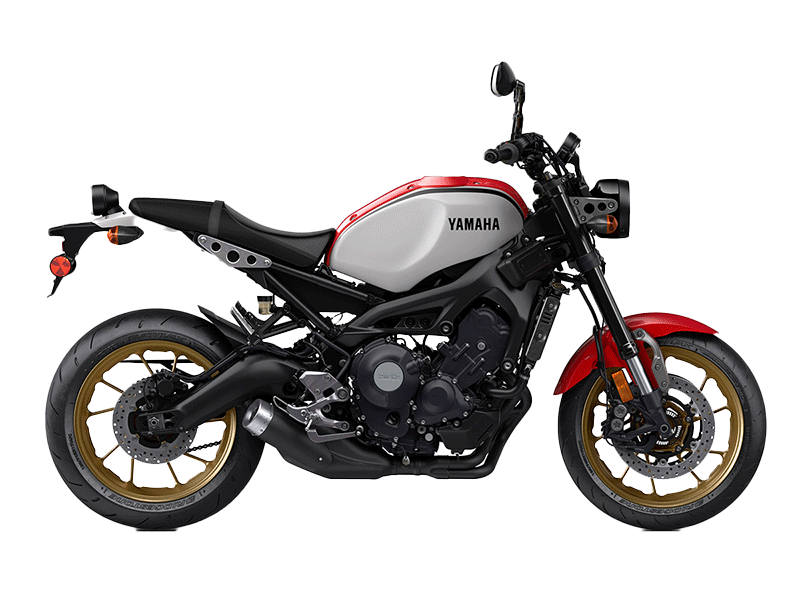
Standard-type motorcycles have a riding position midway between the forward-rotated position of a sport bike and the reclined arrangement of a cruiser, putting the rider in a very natural position. Standards often have little or no fairing and limited bodywork, and many are appropriately termed as Naked bikes. Standards are popular for commuting and other city riding.

A sport bike is a motorcycle optimized for speed, acceleration, braking, and cornering on paved roads. Due to the sport bikes aggressive body position, this type of motorcycle is best used for short spirited rides or track day.
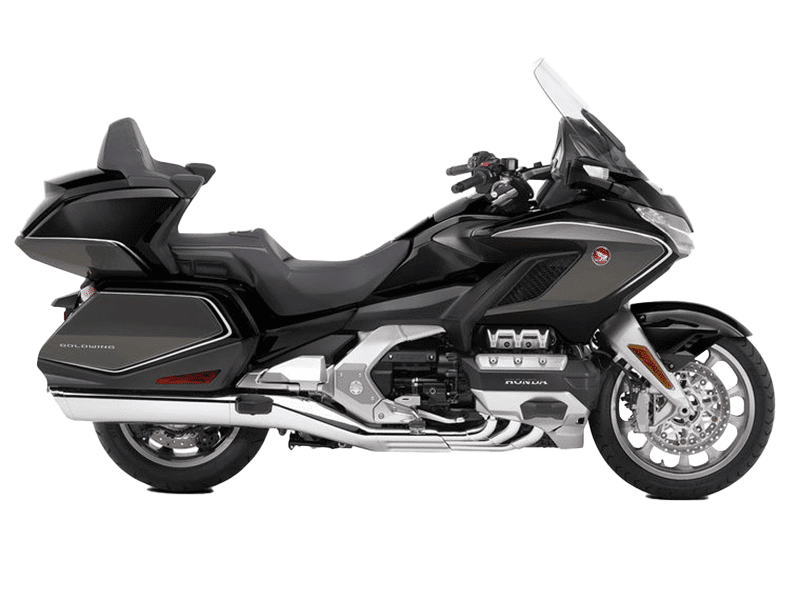
Touring motorcycles are designed for long-distance riding. These types of bikes commonly have large displacement fairings and windshields that offer protection from weather and wind, large-capacity fuel tanks, plenty of cargo space, and a more relaxed, upright seated position.
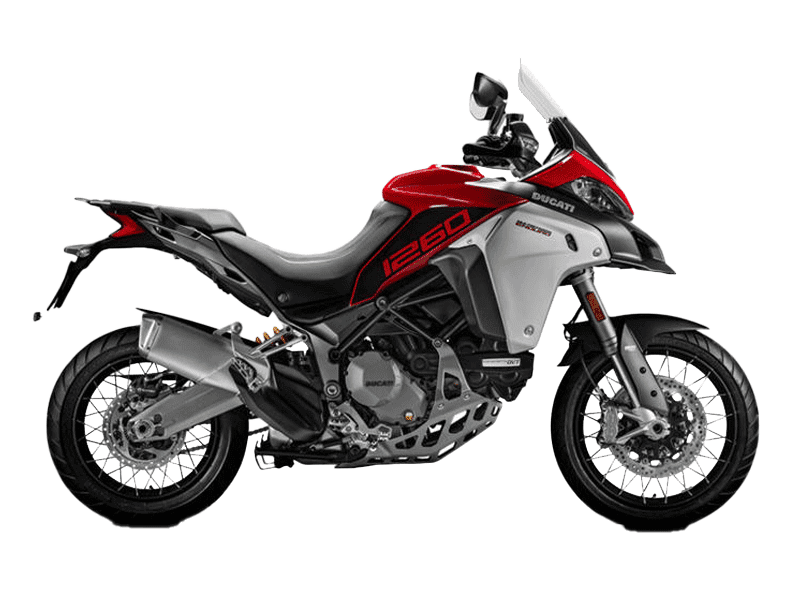
A sport touring motorcycle is a type of motorcycle that combines the performance of a sport bike with the long-distance capabilities and comfort of a touring motorcycle. Unlike a full touring model, a sport touring bike will typically have more ride height ground clearance for better cornering, less storage, lower weight, and a less relaxed seating position.
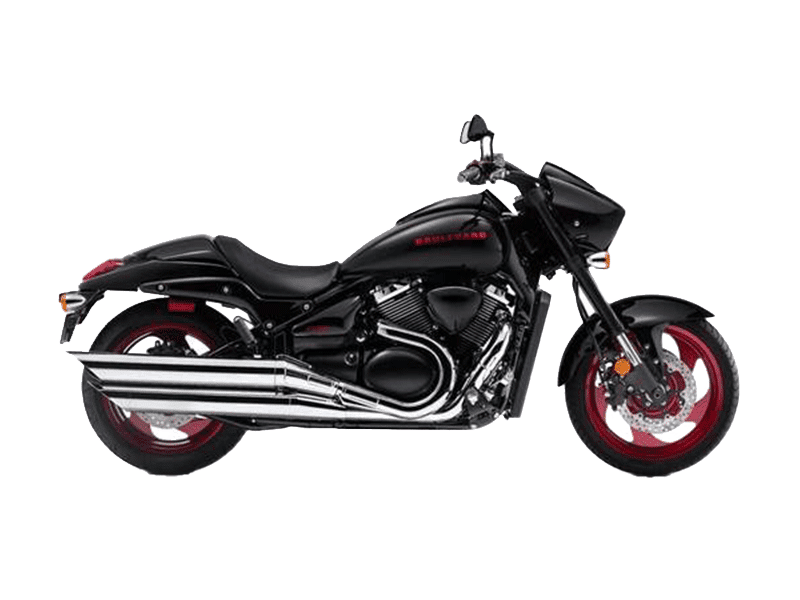
Cruiser motorcycles are based upon the American model of large, heavy machine, traditionally powered by a substantial V-twin engine tuned to deliver strong low-speed torque, and easy rideability and shifting. Low seat height makes it a great choice for riders with shorter stature.
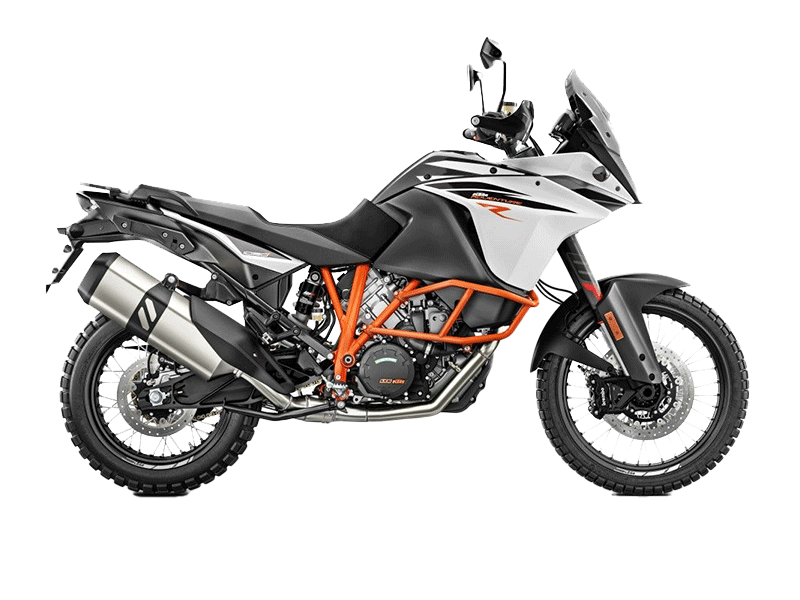
Adventure bikes, also called ADV machines, are typically larger displacement multi-cylinder motorcycles developed for on-and off-road travel, and are capable of covering great distance in relative comfort. Detachable saddlebags are a common feature found on ADV bikes.
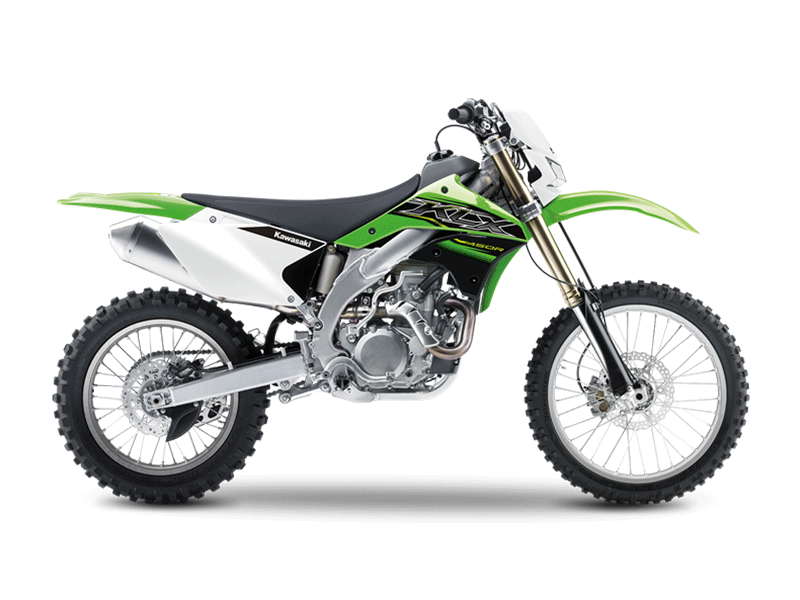
A dirt bike is typically a lightweight motorcycle designed for operation on unpaved surfaces such as sand, gravel, dirt, mud or snow. Knobby tires are a hallmark of dirt bikes making them capable of riding on rough terrains. Dirt bikes are not street-legal.
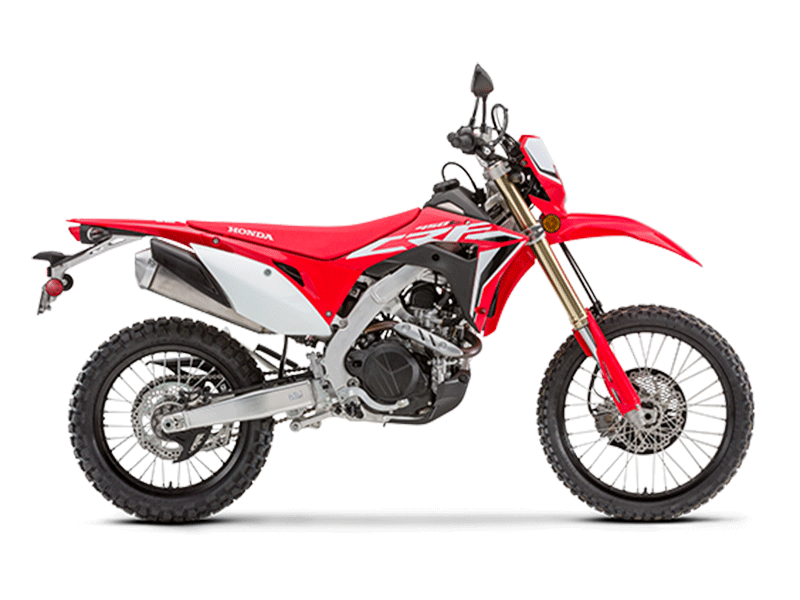
A dual-sport motorcycle is a type of street-legal motorcycle that is designed for both on-road and off-road use. The presence of a headlight and license plate is one easy way to distinguish a dual sport bike from a traditional dirt bike.
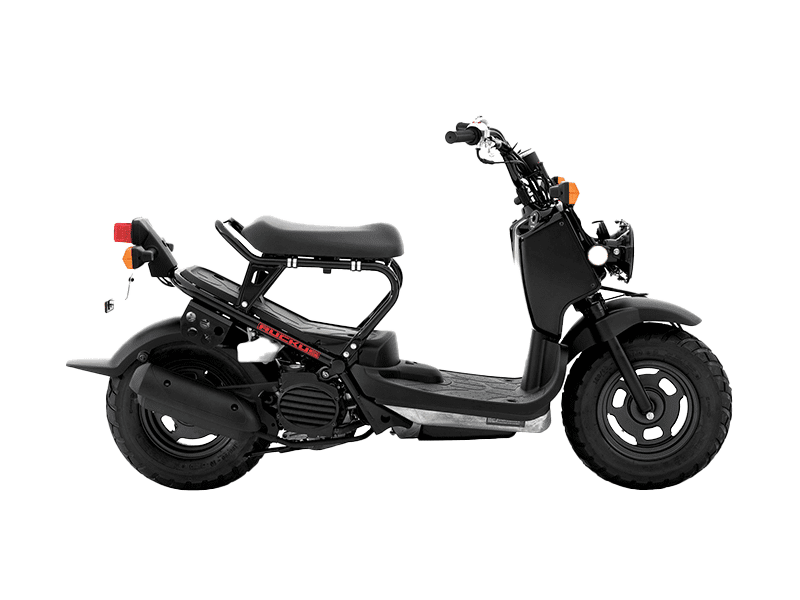
A scooter is a type of motorcycle traditionally defined by characteristics such as a step-through frame, wheels less than 16” in diameter, and an engine located below the rider and to the rear.
While great effort is made to ensure the accuracy of the information on this site, errors can occur. Please verify all pricing information with a customer service representative. This is easily done by calling us or visiting us at the dealership.
We improve our products and advertising by using Microsoft Clarity to see how you use our website. By using our site, you agree that we and Microsoft can collect and use this data. Our privacy statement has more details.
